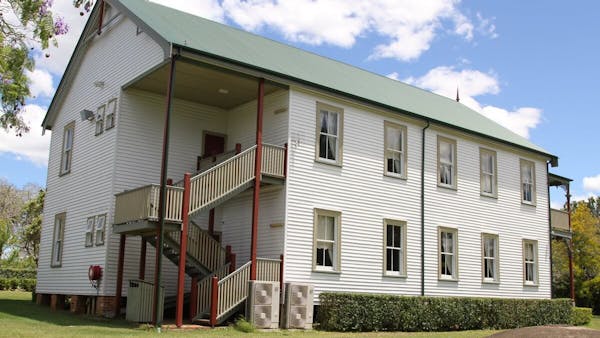PIONEERING ADVENTISM IN AUSTRALIA
The work Australia began when a small group of five missionary families set sail from San Francisco bound for Australia in 1885. The expedition was ten years in the making, ever since S.N. Haskell heard Ellen White mention Australia in relation to the need for the global expansion of the Seventh-Day Adventist Church. The group was made up of S.N. Haskell, Mendel Israel and John Corliss who were ministers and evangelists as well as Henry Scott who had worked at Pacific Press and William Arnold, a colporteur.
The missionaries arrived in Melbourne in June of 1885 and found a small house to rent on Highett Street in the inner city suburb of Richmond. Richmond in the late 1880s was a rough and poor area to live in but it was all the missionaries could afford. They had decided to pioneer the work in Australia in Melbourne because the city was in the midst of a gold rush and had a larger population than Sydney. In addition to this, the city was home to quite a number of public libraries and a large rail network.
Corliss dug into the work at once, renting a Temperance Hall in Richmond and planning a series of six lectures. The turnout on the first night was good; a total of 40 people from the community attended but sadly by the end of the series there were very few left. Melbournians were suspicious of this new sect that was being peddled in their city and by Yankees no less. The city proved to be a difficult place to break ground in.
But the missionaries persisted. They began to print tracts and stand by the busy railway stations handing them out. One of Corliss’ tracts made its way into the hands of W.B. Miller who was a member of the South Melbourne Disciples of Christ Church. Miller invited Corliss to join in a meeting of the Mutual Improvement Society that operated at the church. Corliss accepted the invitation and took part in a debate titled “Is the Sabbath Saturday or Sunday?”
In October of the same year, Corliss was the speaker for the first tent evangelism series that the missionaries ran in the city. The tent was pitched in Mckean Street, North Fitzroy and wad advertised in one of the major newspapers in the city. By April of 1886, the first Seventh-Day Adventist Church in Australia was organised and named the North Fitzroy Seventh-Day Adventist Church.
Soon after their arrival the group also set up a publishing house in a building situated on the corner of Rae and Scotchmer Streets in North Fitzroy. Here they began to print and publish the Bible Echo and The Signs of the Times as well as various other tracts that were used for distribution. Later a plot of land was purchased on Best Street, also in North Fitzroy for $1400. A three storey building was erected on the property and the entire printing and publishing operation was moved there. In 1905 the Signs Publishing House moved to Warburton where it remains fully operational today.
Another important component of the mission was health work which began in Melbourne with the establishment of the Sanitarium Health Food Company in 1889. The company was first set up on Clark Street in Northcote in Melbourne and would later move to Cooranbong where it would continue to flourish and grow. Today it is a widely recognised brand throughout Australia, best known for its flagship product, WeetBix. Sanitarium provides a degree of financial support to the church that enables the work of spreading the gospel and caring for those in need to go forward smoothly and efficiently.

